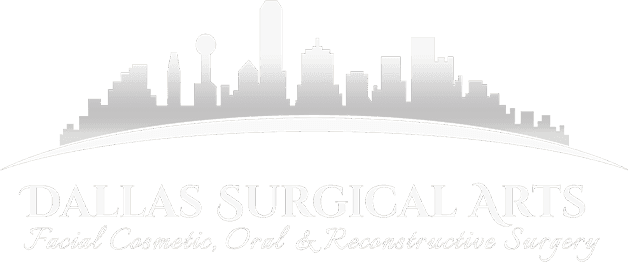If you suffer from hyperpigmentation or discoloration on the skin, you may be a good candidate for a
treatment called IPL photofacial.
Though summer may be over, signs of the sun may still be lingering on your skin. Sunspots, as
they are called, can cause facial discoloration and uneven skin tone that many women choose to
cover up with makeup. Then there are other skin discolorations, including acne scars, age spots
and even rosacea. But what if there was a way to permanently remove these skin flaws? It sounds
too good to be true, but it’s not. That’s because a treatment called an IPL photofacial exists, and it
can really make an impact at reducing skin discoloration.
What is an IPL?
“An IPL photofacial targets pigment issues in the skin on the face, chest, neck, shoulders, back,
arms and legs, and generally anywhere on the body that has hyperpigmentation,” says Dallas,
Texas-based facial cosmetic surgeon Dr. Randy Sanovich.
The procedure is simple: The patient’s skin is first covered in a cooling gel that both reduces
discomfort from the procedure and also makes the light waves from the IPL device work better.
The laser is moved across the face in a grid pattern, emitting intense pulses of light (IPL).
After the procedure concludes, the gel is removed from the face. Sanovich says some redness and
swelling is common, but downtime is minimal, and the patient can even apply makeup immediately
following the procedure. It is recommended that patients avoid sun exposure for the next week
following treatment and apply sunscreen regularly when going outdoors.
So, how does an IPL photofacial work, exactly?
The key is that intense pulsed light. When applied to the skin, the light sends wavelengths to the
skin that zero in on pigment-generating cells beneath the skin’s surface. This light is then
transformed into heat, which destroys the melanin-causing cells that cause the discoloration on
the skin’s surface. With time, these cells break down enough to reduce the pigmentation on the
skin’s surface, causing it to crumble off the skin and leaving behind even-toned skin in its place.
The procedure itself is said to be a little bit uncomfortable, but not painful.
As for how long the process takes, Sanovich says most patients see noticeable results with three to
five treatments, which must be spaced four weeks apart to allow time for healing.
Though the treatment is effective in general, it is not for all skin tones, so Sanovich recommends
you schedule a consultation with a licensed esthetician or board-certified cosmetic surgeon to discuss the procedure in detail and to see if you are a good candidate.
If you are interested in learning more, please schedule an
appointment for a skin consultation with our licensed esthetician Jennifer by calling (972) 914-3660


